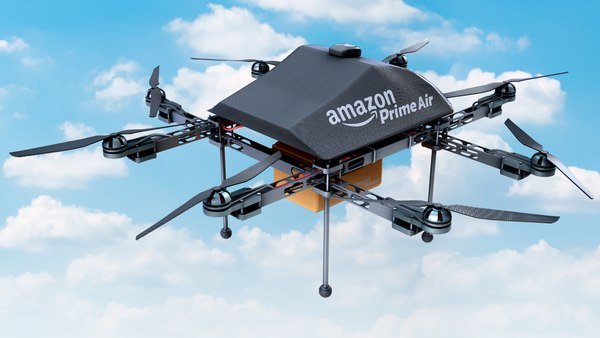In a significant development for Amazon’s ambitious drone delivery program, the tech giant announced on Thursday that it has secured crucial permission from federal regulators to expand its operations. According to a blog post on the company’s website, the Federal Aviation Administration (FAA) has granted Amazon’s Prime Air delivery service the authorization to operate drones “beyond visual line of sight,” marking a pivotal milestone for the initiative.
This regulatory approval removes a major hurdle that had previously constrained Amazon’s drones to shorter distances. With the newfound freedom, Amazon pilots can now remotely operate drones without the need for direct visual contact. The approval specifically applies to College Station, Texas, where Amazon launched its drone delivery service in late 2022.
Amazon wasted no time in announcing its plans to capitalize on this approval, expressing its intent to rapidly scale up operations in College Station to better serve customers in densely populated areas. The company also emphasized that this regulatory milestone paves the way for expanding drone operations to more locations across the country.
While businesses eagerly anticipate simpler rules facilitating the integration of drones into commercial activities, concerns persist among privacy advocates and certain aviation communities. Nonetheless, Amazon assures that it has meticulously developed strategies to ensure drone safety, including obstacle detection and avoidance measures.
The road to regulatory approval has been long for Amazon, which has harbored ambitions of drone delivery for over a decade. Despite setbacks, the recent FAA clearance signifies a crucial step forward for the company’s aspirations. Notably, Amazon’s progress in this realm has prompted adjustments in its operational footprint, as evidenced by the recent decision to close a drone delivery site in Lockeford, California, and open a new facility in Tolleson, Arizona.
Looking ahead, Amazon remains steadfast in its goal of revolutionizing logistics through drone technology. By the end of the decade, the company aims to achieve the monumental feat of delivering 500 million packages annually via drones, signaling a transformative shift in the e-commerce landscape.



